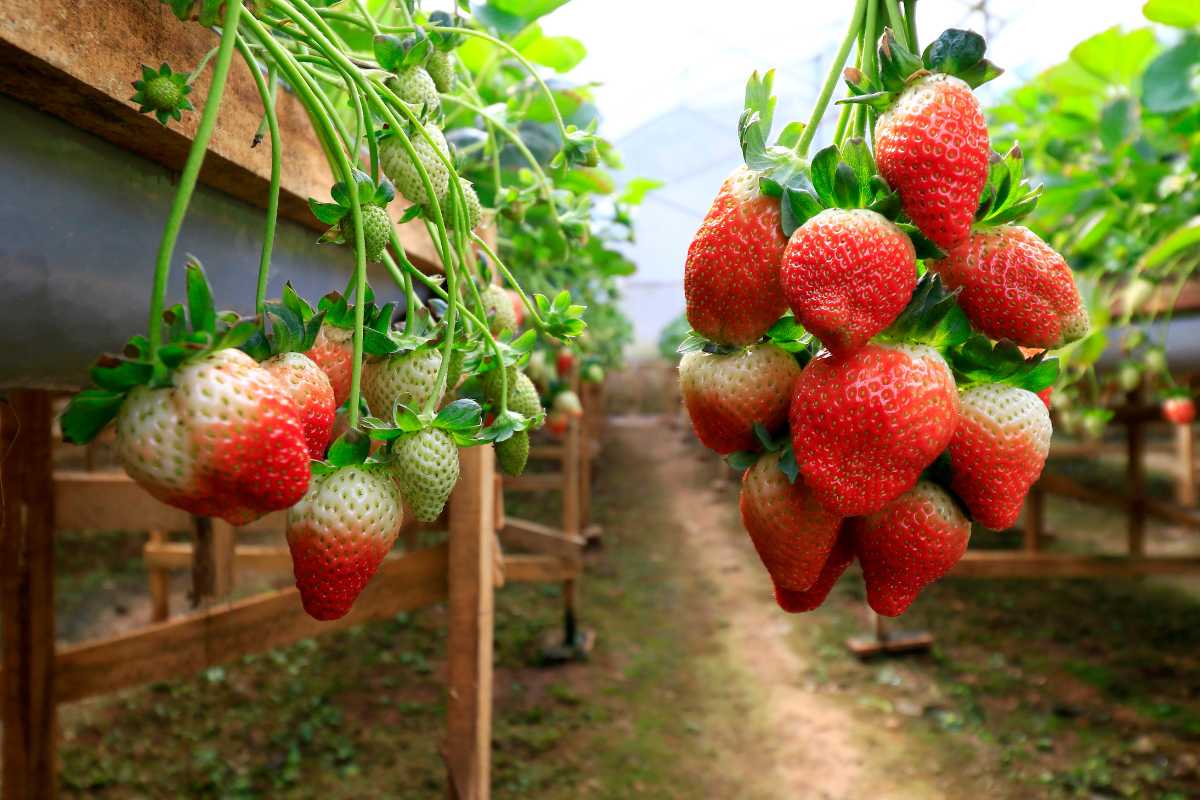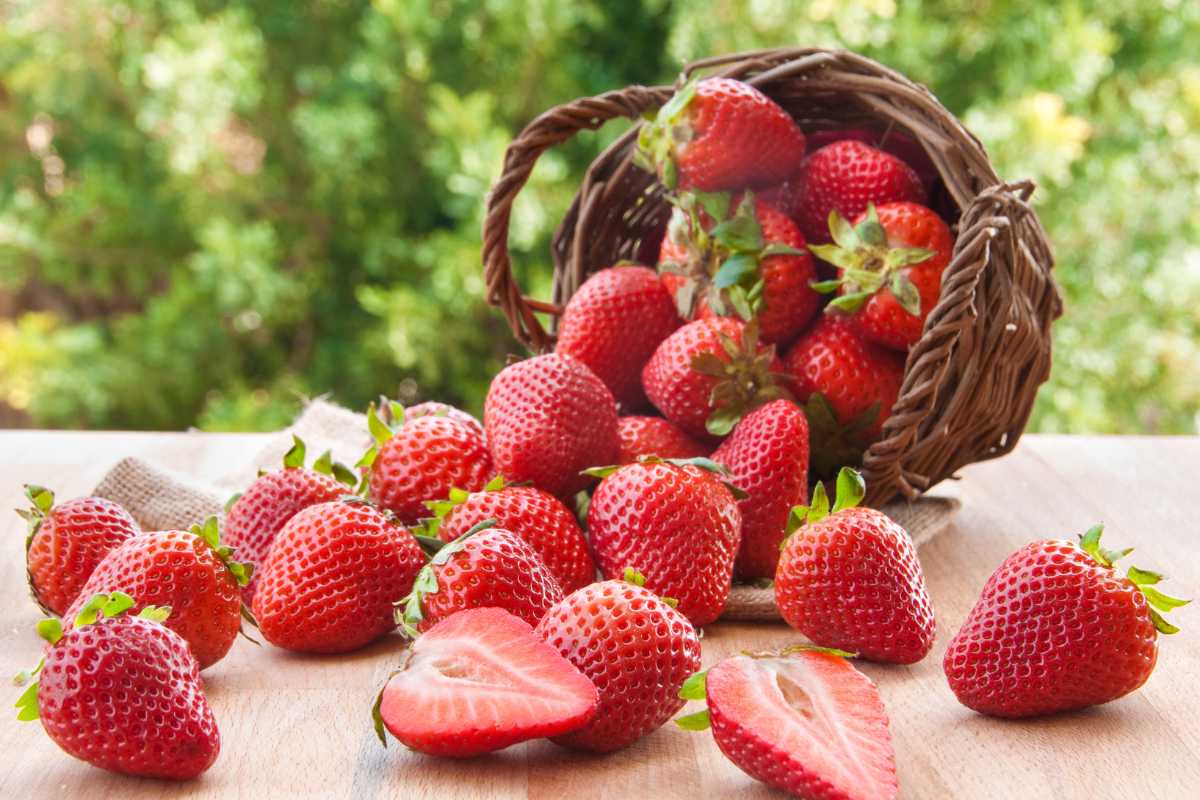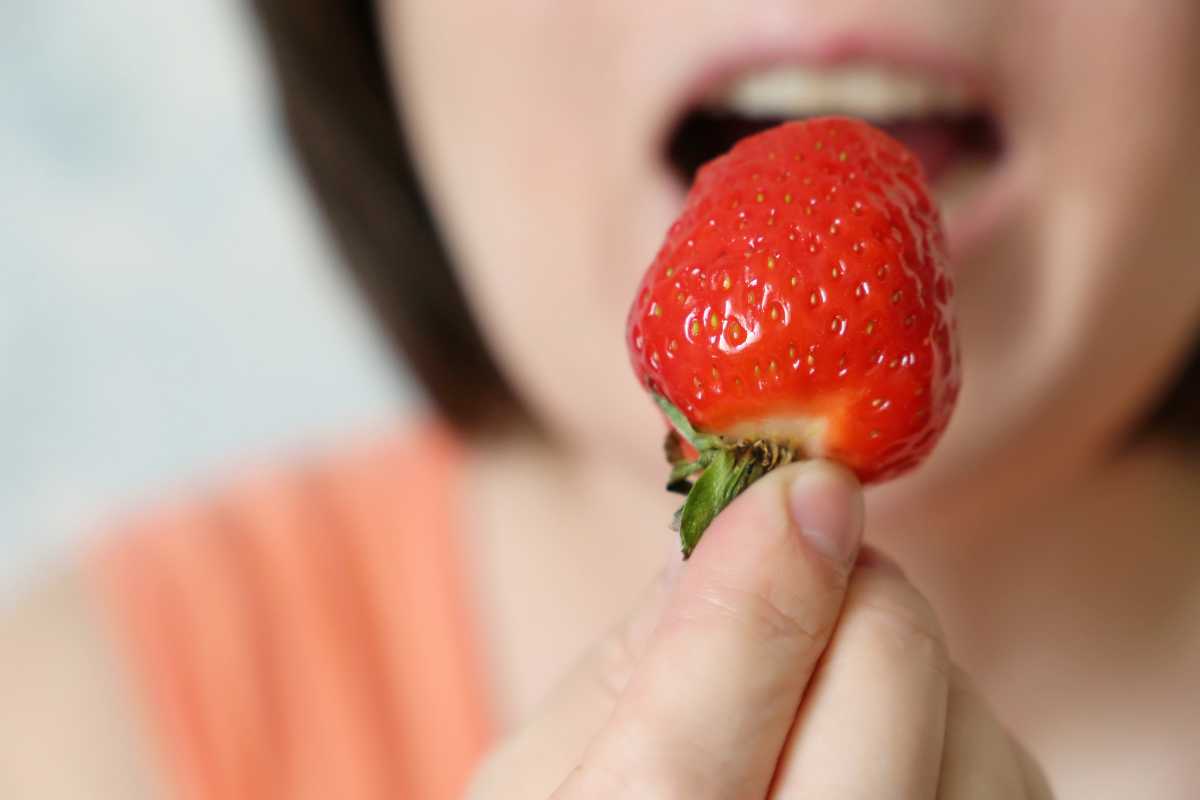Is a strawberry a fruit or a vegetable? This question might seem simple at first glance, but it holds a surprising twist. While strawberries grace our desserts and snacks as sweet fruits, their botanical classification tells a different story. Dive into the world of strawberries and discover their unique identity.
You’ll learn about strawberries’ fascinating background, from their classification as aggregate accessory fruits to their history shaped by human cultivation. I’ll explore why strawberries don’t fit the traditional berry mold and how their health benefits make them a powerful addition to your diet.
Curious about how strawberries can defy expectations? Stick around to uncover the truth about these delicious fruits and how they continue to surprise us. Whether you’re a gardening enthusiast or a culinary explorer, this journey into the world of strawberries promises to be as sweet as the fruit itself.
- Related article: Learn the Difference Between a Fruit & a Vegetable
5 Key Takeaways on Is Strawberry a Fruit or Vegetable
- Strawberries are not what they seem. They’re called aggregate accessory fruits. This means the part you eat is from the flower’s base. Those tiny bits on the outside are the actual fruits.
- In the kitchen, though, strawberries are treated like fruits. Their sweet taste makes them perfect for desserts and snacks.
- But here’s a fun fact: strawberries aren’t true berries. True berries come from one ovary. Strawberries have many small fruits called achenes.
- Modern strawberries are hybrids. They come from mixing different species like musky, Chilean, and Virginia strawberries. That’s how we got the varieties we love today.
- Strawberries are super healthy. They’re full of vitamins, antioxidants, and fiber. These help your heart, control blood sugar, and even fight cancer. You can enjoy them in smoothies or salads.
Is Strawberry a Fruit or Vegetable?

Did you know strawberries have a unique botanical classification? They’re called aggregate accessory fruits. This means the juicy part we eat doesn’t come from the plant’s ovaries but from the receptacle that holds them. The tiny, seed-like bits on the outside? Those are the true fruits, called achenes, each with a seed inside.
In the kitchen, we treat strawberries as fruits because they’re sweet and perfect for desserts or snacks. But here’s a twist: many things we think of as vegetables, like tomatoes and peppers, are fruits too. They grow from the ovary of a flower and have seeds.
Strawberries also face their share of challenges, like strawberry diseases, which can affect their growth and sweetness. And while we often think of them as tropical fruits, they grow in many climates around the world.
Is a Strawberry a Berry?

No, strawberries are not berries. Botanically speaking, a true berry comes from one ovary and has seeds inside the fleshy part. Examples are grapes and tomatoes. But strawberries? They don’t make the cut.
- Read more: Are Tomatoes Fruits or Veggies?
When we look at other fruits we call berries, like raspberries and blackberries, they’re similar to strawberries in that they’re made up of smaller fruits. But in botany, they’re seen differently.
Next time you’re enjoying strawberries, remember their unique place in the fruit world.
Are Strawberries Man-Made?
Strawberries are not 100% natural. The strawberries that we eat today are a hybrid man-made version of the wild strawberry plant or Fragaria.
The strawberry found its place in home gardens in the 1700s. The woodland strawberry or Fragaria vesca was the first cultivated species in the early 17th century.
In the 1750s, the garden strawberry was bred in Brittany, France. It was cross bred from the Fragaria virginiana from the east coast of North America. It was joined with the Fragaria chiloensis brought from Chile as early as 1714.
Before this, wild strawberries were the sources for this fruit. Wild strawberry species were cultivated as well. The wild strawberry has a stronger aroma and flavor, but a much shorter shelf life.
The French created wild strawberries that grew to as much as 20 times their natural size. By today’s standards, those strawberries would still be considered small.
On July 6, 1764, the modern strawberry was born. Antoine Nicolas Duchesne bred the male Fragaria moschata and the female Fragaria chiloensis.
Health Benefits of Strawberries

Strawberries are mostly water, about 91%, and they have 7.7% carbohydrates. They also have tiny bits of fat and protein. The carbs in strawberries are mostly fiber and simple sugars, which means they have a low glycemic index. Eating strawberries won’t make your blood sugar go up a lot.
These fruits are packed with vitamin C, folate, manganese, and potassium, plus small amounts of other vitamins and minerals. They’re full of antioxidants and plant compounds that help fight chronic diseases.
Let’s dive into the benefits of strawberries:
1. Strawberries and Blood Sugar Control
When we eat carbs, our body turns them into simple sugars that go into our bloodstream. This makes our body release insulin to help cells use the sugars for energy or store them. High sugar levels can lead to diabetes, obesity, and heart disease. Strawberries help slow down how quickly glucose is digested, which means they lower the spikes in insulin and glucose after meals.
2. Strawberries for a Healthy Heart
Heart disease is the top killer worldwide. Studies show that eating berries, like strawberries, is linked to a lower chance of heart problems. Strawberries boost good cholesterol (HDL), which helps lower blood pressure and improves how blood platelets work.
3. Strawberries and Cancer Prevention
There’s research suggesting strawberries might help stop tumors from forming. This has been seen in studies with human liver cancer cells and animals with mouth cancer. Cancer is caused by the uncontrolled growth of abnormal cells, linked to stress and long-term inflammation in the body.
Strawberries are not just tasty, they’re a powerful fruit that can help keep us healthy.
Different Ways to Add Strawberries to Your Diet
Here are some fun and tasty ways to add strawberries to your meals, making them even yummier and healthier:
For breakfast, try these ideas:
- Yogurt Parfait – Stack Greek yogurt with fresh strawberries and granola. It’s a great start to your day or a perfect snack.
- Smoothies – Mix strawberries with almond milk, a banana, and some protein powder. It’s a cool, refreshing drink.
- Pancakes or Waffles – Instead of syrup, use sliced strawberries to top your pancakes or waffles. It’s a healthier choice.
When it comes to salads, strawberries add a sweet touch:
- Mixed Greens Salad – Combine sliced strawberries with mixed greens, walnuts, and feta cheese. Drizzle some balsamic vinaigrette on top for a sweet and savory treat.
- Strawberry Salsa – Mix chopped strawberries with jalapeño, lime juice, and cilantro. This salsa is great on grilled chicken or fish.
For something different, try these savory dishes:
- Strawberry Gazpacho – Blend strawberries with tomatoes, peppers, and spices for a cool soup.
- Strawberry-Glazed Ribs – Use a strawberry glaze on BBQ ribs for a sweet twist.
Looking for snacks and desserts? Here are some ideas:
- Chocolate-Covered Strawberries – Dip strawberries in dark chocolate. It’s a simple, delicious treat.
- Strawberry Sorbet – Blend frozen strawberries with a bit of honey or agave for a quick dessert.
- Strawberry Shortcake – Layer strawberries with whipped cream and whole grain biscuits. It’s a classic dessert.
For drinks, strawberries can make them extra special:
- Infused Water – Add sliced strawberries to water with mint and cucumber. It’s a refreshing drink.
- Strawberry Lemonade – Blend strawberries with lemon juice and water. It’s homemade and delicious.
Baking with strawberries is also a great idea:
- Strawberry Muffins – Add chopped strawberries to muffin batter. It’s a fruity breakfast treat.
- Strawberry Cake – Use fresh strawberries in cake for extra moisture and flavor.
Lastly, freezing and preserving strawberries is easy:
- Freezer Jam – Make a quick jam with crushed strawberries, chia seeds, and honey. No cooking is needed. If you don’t want to make it yourself and prefer a quicker option, you can find ready-made versions on Amazon.
- Frozen Snacks – Freeze strawberries for smoothies or a cool snack on hot days.
These ways to enjoy strawberries not only make your meals tastier but also let you benefit from their high vitamin C and antioxidant content.
Is Strawberry a Fruit or Vegetable Final Thoughts
Strawberries are a mix of science and tasty tradition. You might think of them as sweet fruits, but they are called aggregate accessory fruits in botany. This means they don’t fit the usual berry category.
Modern strawberries come from hybridization. They bring not just great taste but also health perks. They help your heart and control blood sugar. You can add them to breakfast, salads, or desserts. They are a versatile and healthy choice that makes meals better and supports your well-being.
Read more about other plants and if they’re a fruit or vegetable:


